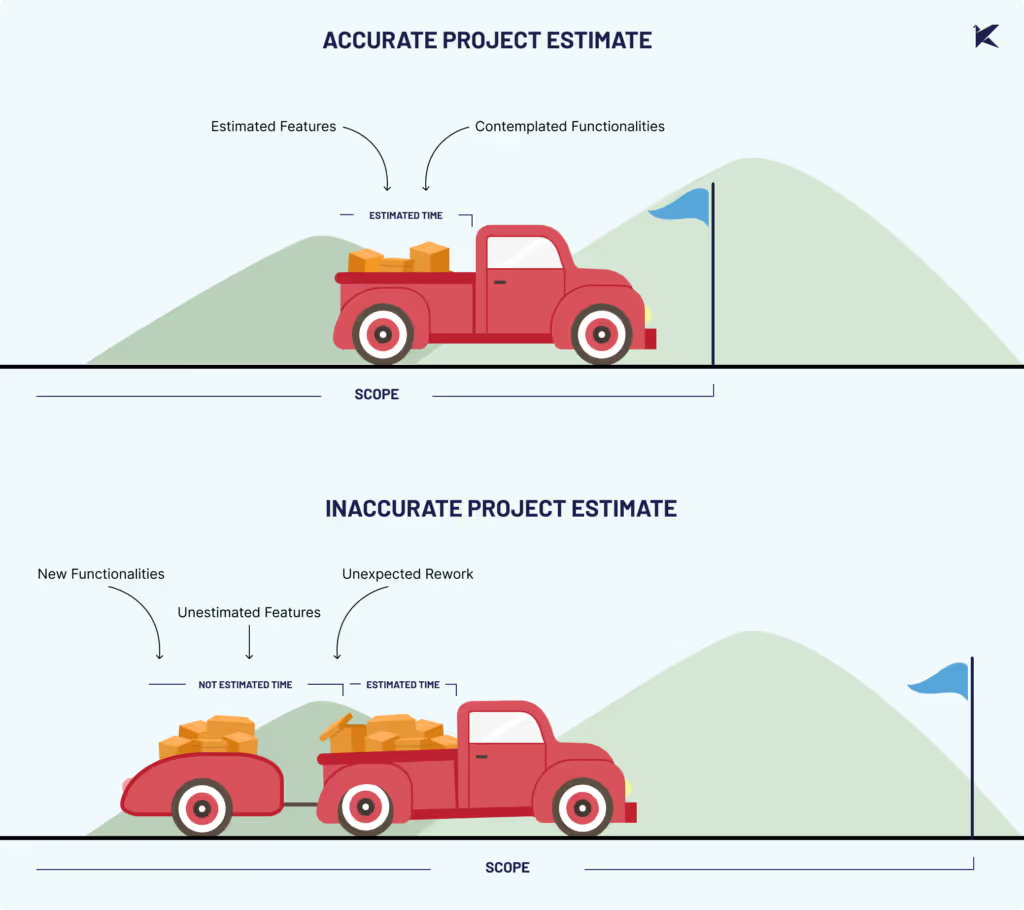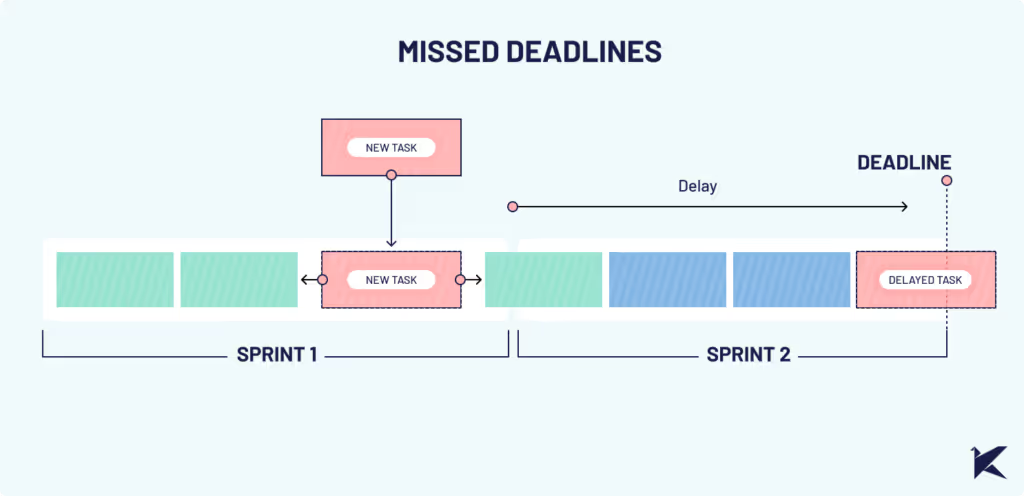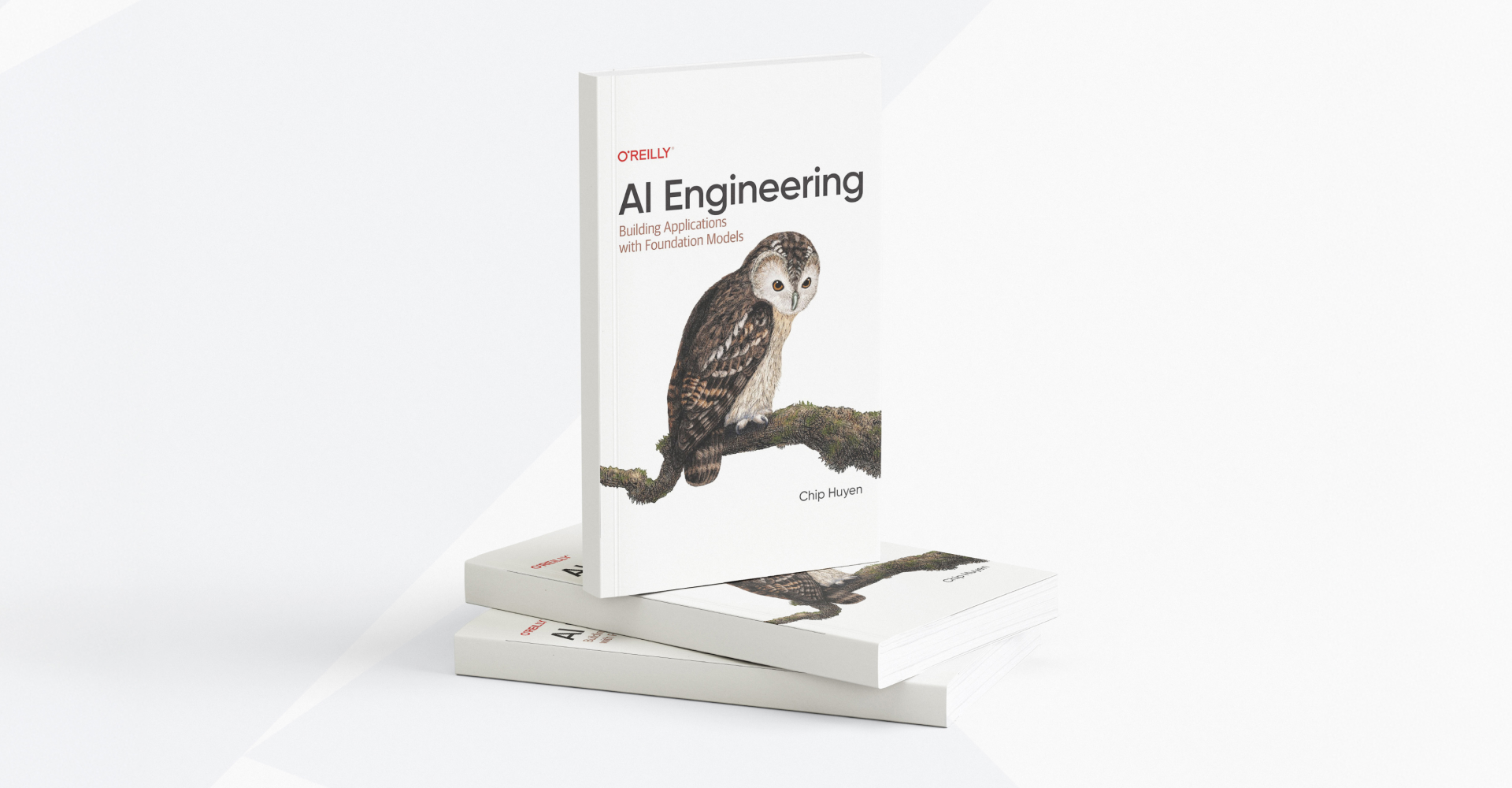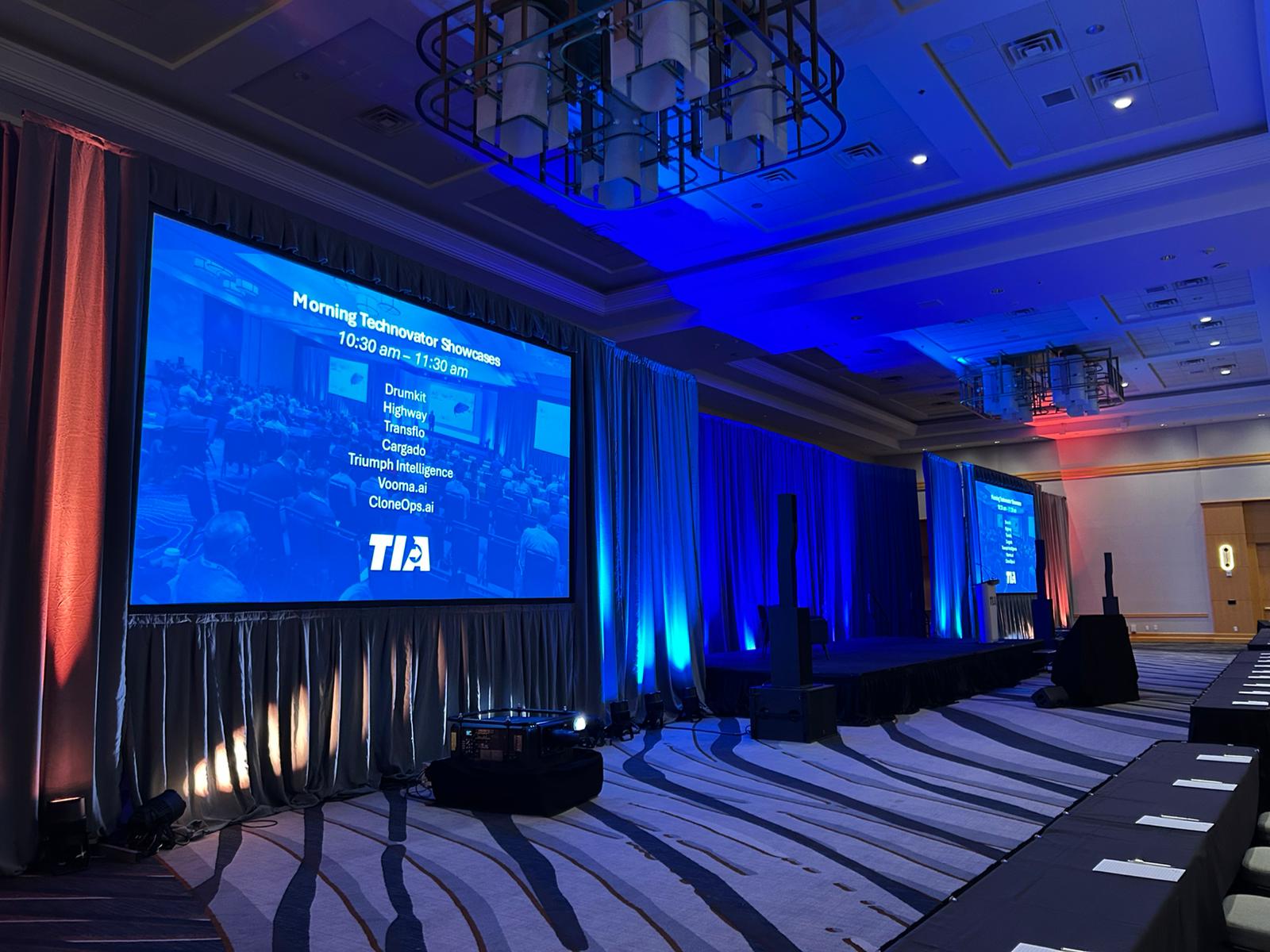
As a UX Lead, I often see management and development teams underestimate the importance of UX research when estimating project scopes.
Some believe that having an innovative idea or cutting-edge technology is enough to attract users, without realizing the crucial role of user experience in keeping those users satisfied and engaged. Others only rely on their gut feelings or limited feedback from a handful of early adopters, assuming they fully understand their audience's needs.
Unfortunately, these misconceptions often results in delaying or even skipping UX research altogether. This common oversight can lead to missing critical features and functionalities, leaving the product short of user expectations.
In this blog post, we’ll explore how UX is crucial in defining the project scope effectively, illustrated through a real-world example from one of our clients.
Identifying the Problem: Incomplete Project Scope
Our client envisioned a golfing app and provided us with wireframes to estimate the project. During our discovery process, we immersed ourselves in their business to understand their needs better. Our discovery team even organized a golfing match to gain firsthand insights into their operations and user preferences.
As we delved deeper using various UX methodologies like information architecture, flow mapping, and wireframes, a significant issue emerged: The wireframes provided were insufficient to create a viable Minimum Viable Product (MVP), missing essential features.
Key missing elements included:
- User login
- Payments
- Subscriptions
- Content management
While other companies might have overlooked these gaps when estimating the project, we chose transparency and communicate this to our client.

Risks of an Inaccurate Project Scope
If we had only based the project estimate on the low-fidelity wireframes, this would have led to various problems down the line.
1. Scope Creep
As the project progresses, the addition of unexpected features or functionalities can cause the project to grow beyond its original estimate. This can disrupt workflow, delay timelines, and compromise quality due to the urgent need to reallocate resources and increase workloads.
By applying UX methods to our client’s project, we discovered the scope was actually three times larger than initially thought. Fortunately, this early insight allowed us to provide an accurate projection of the project requirements, timeline, and cost to build a viable MVP.

2. Budget Overruns
Unexpected scope changes often require more resources, time, and money, leading to budget overruns. For example, if a product launch is delayed from March to July, hiring a sales team in January could result in unnecessary costs. Our early discovery revealed that the initial budget our client had in mind wasn’t sufficient to build an MVP, prompting them to reconsider their funding.
Without proper UX research, such adjustments are sometimes realized only when it’s too late.
3. Missed Deadlines
Introducing new requirements mid-project can disrupt workflows and extend project timelines. This might require revising or modifying tasks already underway, leading to increased costs and delays.

4. Quality Compromises
Rushing to meet deadlines can lead to shortcuts in testing, resulting in bugs and usability issues, compromising the product's quality and user experience. These compromises can accumulate as "technical debt," including disorganized code and insufficient testing.
Why is Key to Include UX Research When Defining Project Estimates
Contrary to the belief that UX is time-consuming and costly, UX research can be quick and save extensive development hours and money.
1. Reduced Uncertainty and Risks
UX research clarifies user needs, reducing uncertainty and risks. Methods like information architecture and user testing help teams anticipate challenges early, minimizing costly rework later.
By using UX methods, our discovery team provided our client with a clearer understanding of the project's real costs, turning abstract uncertainties into tangible insights.
2. Clear Project Scope
UX research helps to define the project scope by identifying user needs and priorities, reducing the risk of missing important features. A clear scope helps teams plan and allocate resources efficiently, leading to timely and within-budget project delivery.
3. Planning Before Investing
UX research validates assumptions and provides data-driven insights before large investments. This approach prevents the development of unnecessary features and helps prioritize effectively.
Our honest and accurate estimate led the client to delay further development until securing additional funding. While we risked losing a client, we built a trusted partnership, leading to future projects.
Conclusion
By using UX tools, both we and our client realized the product scope for the golfing app was larger than expected. For the client, the real benefit was avoiding future problems and unexpected costs from an incomplete app.
UX research helps to ensure a top-quality product, align the product vision and budget, and reduce uncertainties for development teams, stakeholders, and users.
Ready to Ensure Your Product's Success?
With our cross-functional expertise, we'll help you keep your project on track, within budget, and aligned with your vision.



.png)

.png)









